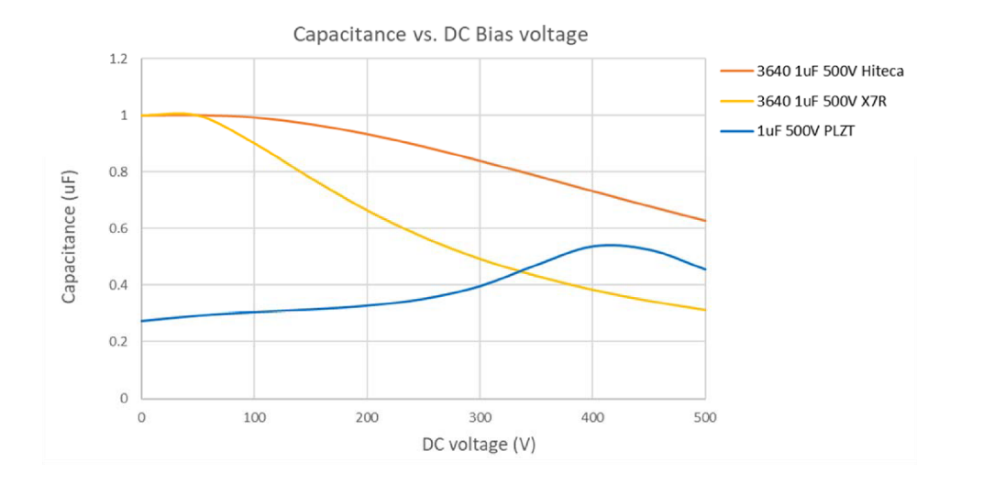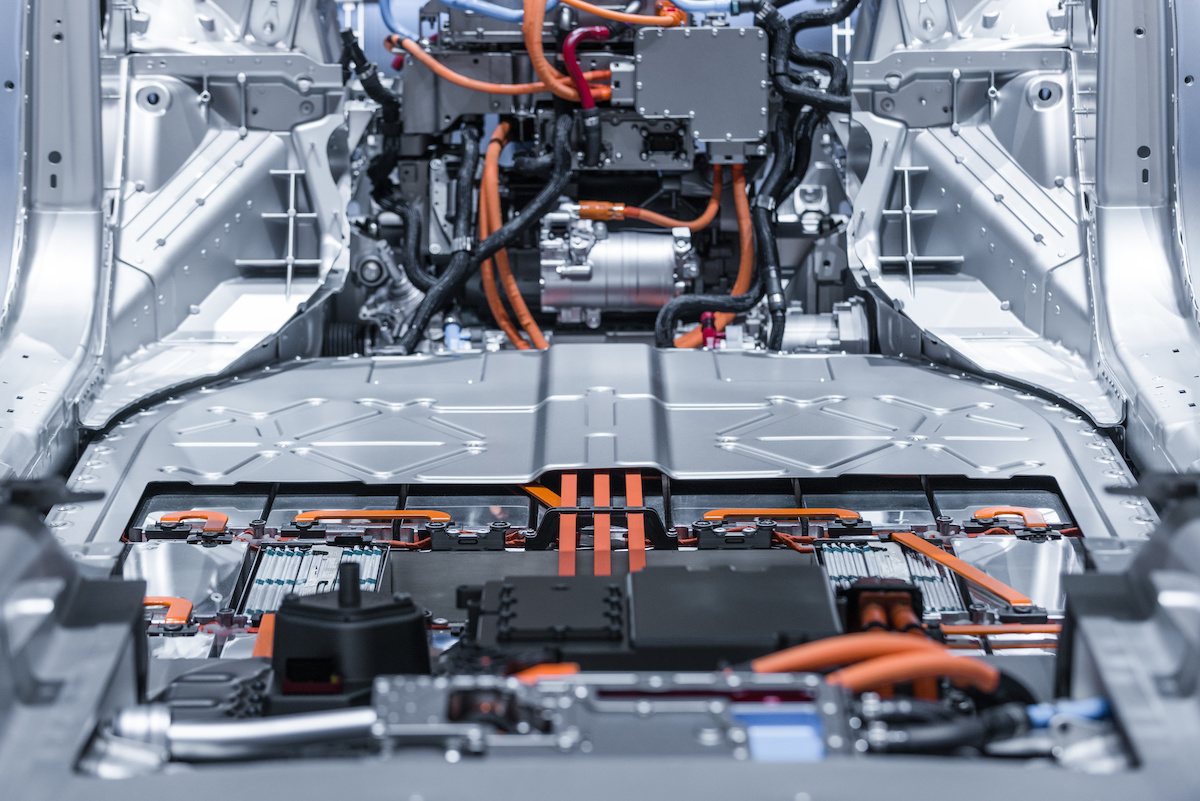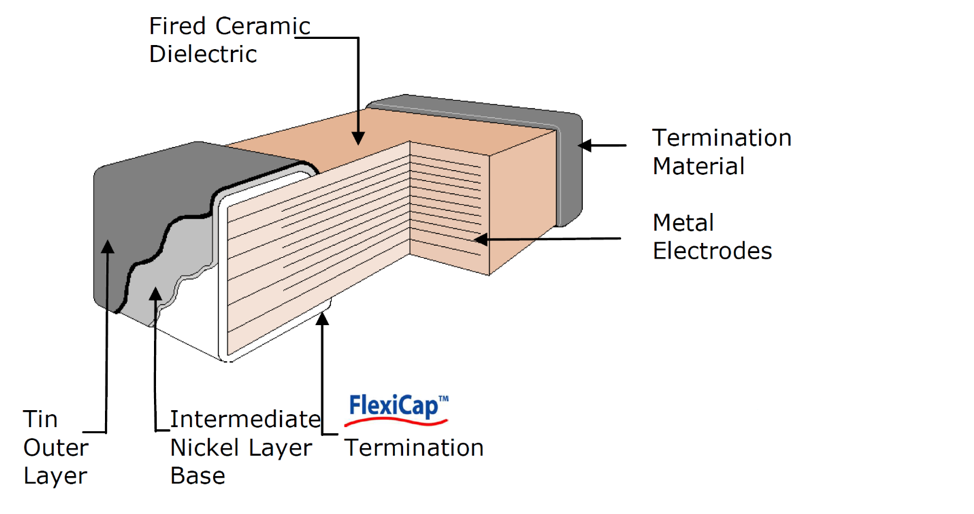When an engineer designs a circuit, he or she needs to ensure that each component will “do what it says on the box.” In multi-layer ceramic capacitor (MLCC) design, one area that often concerns engineers is the fact that capacitance can fluctuate with voltage, which is known as “DC bias” or “voltage coefficient.”
Steve Hopwood

Recent Posts
Topics: Capacitor, Automotive, Electric Vehicles
Meeting the Demands of High-Voltage Electric Vehicle Systems While Guaranteeing Reliability and Safety
As countries around the world tighten emissions standards, the demand for fully electric vehicles (EVs) is increasing. However, for EVs to see mainstream adoption, manufacturers must address the primary consumer concerns: longer driving ranges and faster charging. To address these concerns, EV manufacturers are beginning to redesign their vehicles to switch from the 400V battery systems widely used today to 800V battery systems, which can offer twice the voltage and 2.7 times the power density compared to a 400V system.
Topics: Capacitor, Automotive, Electric Vehicles, High Reliability
FAQ: Do You Offer Flexible Termination on Your MLCCs?
Today, surface-mount multilayer ceramic capacitors (MLCCs) are used in incredibly harsh applications, resulting in increased concern from end users over the likelihood of reliability issues such as mechanical cracking. Thus, at Knowles Precision Devices our engineers are often asked if our capacitors offer flexible termination that increases the mechanical strength of our components, which helps mitigate these potential issues. Our customers can rest assured that not only do we offer flexible termination in our capacitors, we were actually the creators of the first flexible termination technology for MLCCs.
Topics: Capacitor



